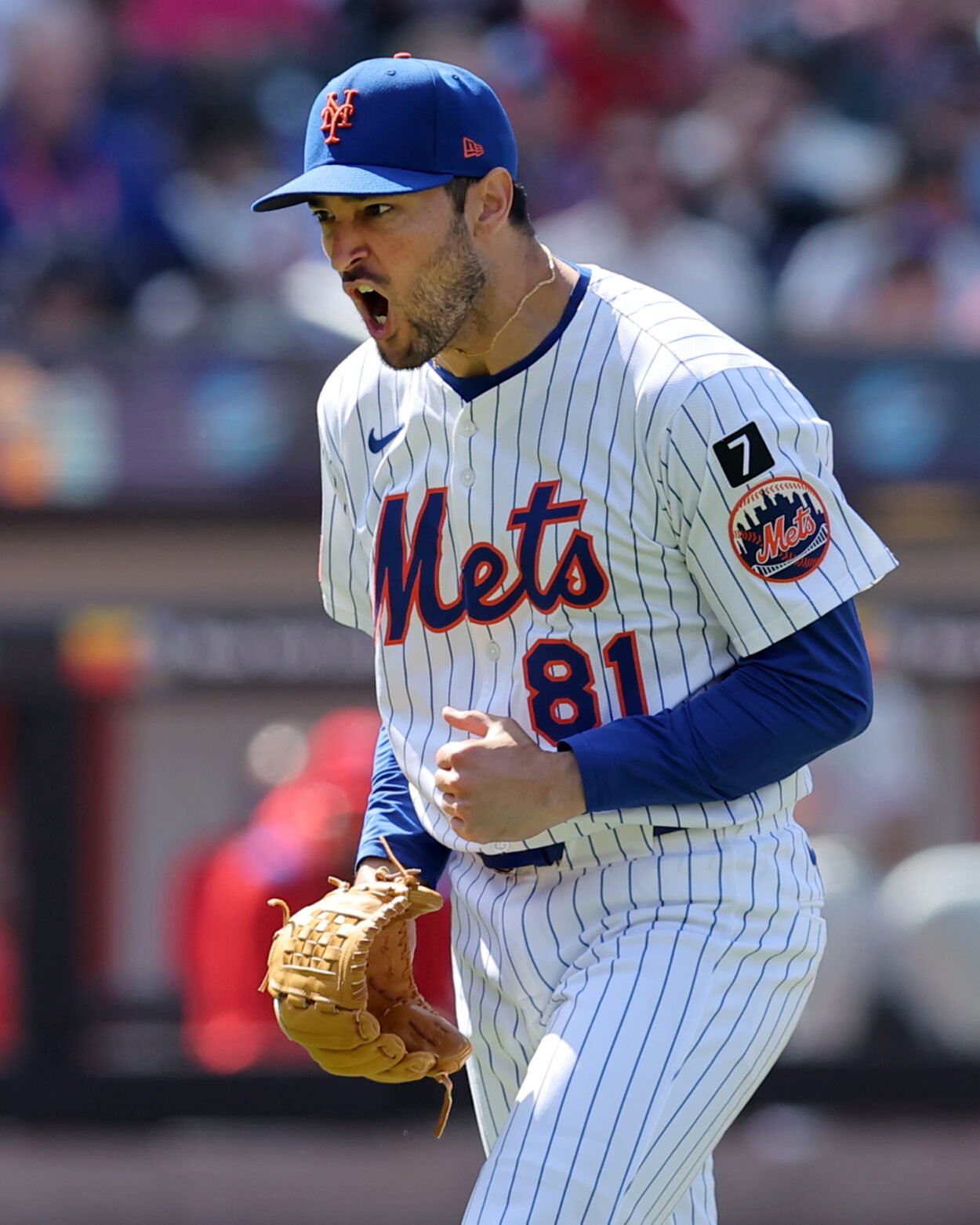
Sometimes an offseason turns on the loud moments. Other times, it’s the smaller, procedural choices that quietly hint at a team’s priorities. Friday landed firmly in that second category for the New York Mets, a day of roster decisions that didn’t generate splashy headlines but did help sketch the early contours of how this front office intends to shape 2026.
The Mets aren’t deep into their winter build just yet, but inactivity isn’t an option in November. With arbitration deadlines forcing choices, the organization drew a clear line around which fringe arms they were willing to carry and which they weren’t. It wasn’t dramatic. It was necessary.
Three Non-Tenders Reflect an Emphasis on Flexibility
New York declined to tender contracts to Jose Castillo, Danny Young, and Max Kranick, a trio of pitchers who combined for fewer than 65 innings in 2025 but still represented a set of interesting decisions. These are the types of calls that reveal how tightly a team values its 40-man roster spots, especially when so much of its pitching depth is in flux.

The Mets also agreed to terms on a contract with reserve outfielder Tyrone Taylor, on a one-year, $3.8 million deal. The 29-year-old played plenty of games and contributed solid defense, but his offense lagged behind as his 70 wRC+ suggests.
Regarding the non-tenders, the most straightforward cases were Young and Kranick, both recovering from significant surgeries. For Kranick, the flexor tendon repair he underwent in early August always made his timeline murky. Best-case scenario, he surfaces sometime in the second half of 2026. The Mets didn’t want to commit a year of roster real estate to a maybe.
Young’s story is similar but arrived earlier on the calendar. Tommy John surgery in May effectively wiped out his 2025 and positioned him for a late-summer return next season. There’s real talent here, and the Mets saw it before the injury. A 35.1 percent strikeout rate in just under 10 innings is hard to ignore, especially paired with a 1.46 FIP that hinted at something more sustainable than his 4.32 ERA suggested. But again, the roster spot mattered more than the future upside.
Castillo Becomes a Casualty of the Crunch
Castillo was the lone healthy arm of the group. The lefty posted a 2.35 ERA in 15.1 innings for the Mets in 2025, then returned earlier this month after the club reclaimed him from Baltimore. There’s a version of this offseason where he sticks as depth. Instead, he became an expendable piece in a system that needs room for new acquisitions and internal evaluations.
It’s a reminder that the Mets, despite showing interest just weeks ago, aren’t operating sentimentally. Good performance helps, but organizational fit comes first.
Other Rehabbing Arms Stay in the Fold
Notably, the Mets chose to tender deals to Tylor Megill and Reed Garrett, both working back from injuries of their own. That split decision speaks to how the team views its internal pitching tiers. Megill and Garrett have shown enough impact potential that carrying them through their rehab makes sense, even if the payoff is delayed. Young and Kranick didn’t rise to that level in the Mets’ eyes.

This is the constant calculation of a team trying to reinforce its pitching depth without losing the flexibility to add more reliable options.
A Subtle but Meaningful Step in the Mets’ Offseason
None of Friday’s moves will headline the Mets’ winter. The big additions and bold ideas are still ahead. But these choices matter because they reveal intent. They show a front office leaning toward mobility, trimming the edges of the roster, and clearing pathways for players they believe can help sooner rather than later.
The Mets still have months to shape the roster they want. Friday just made that path a little cleaner.
